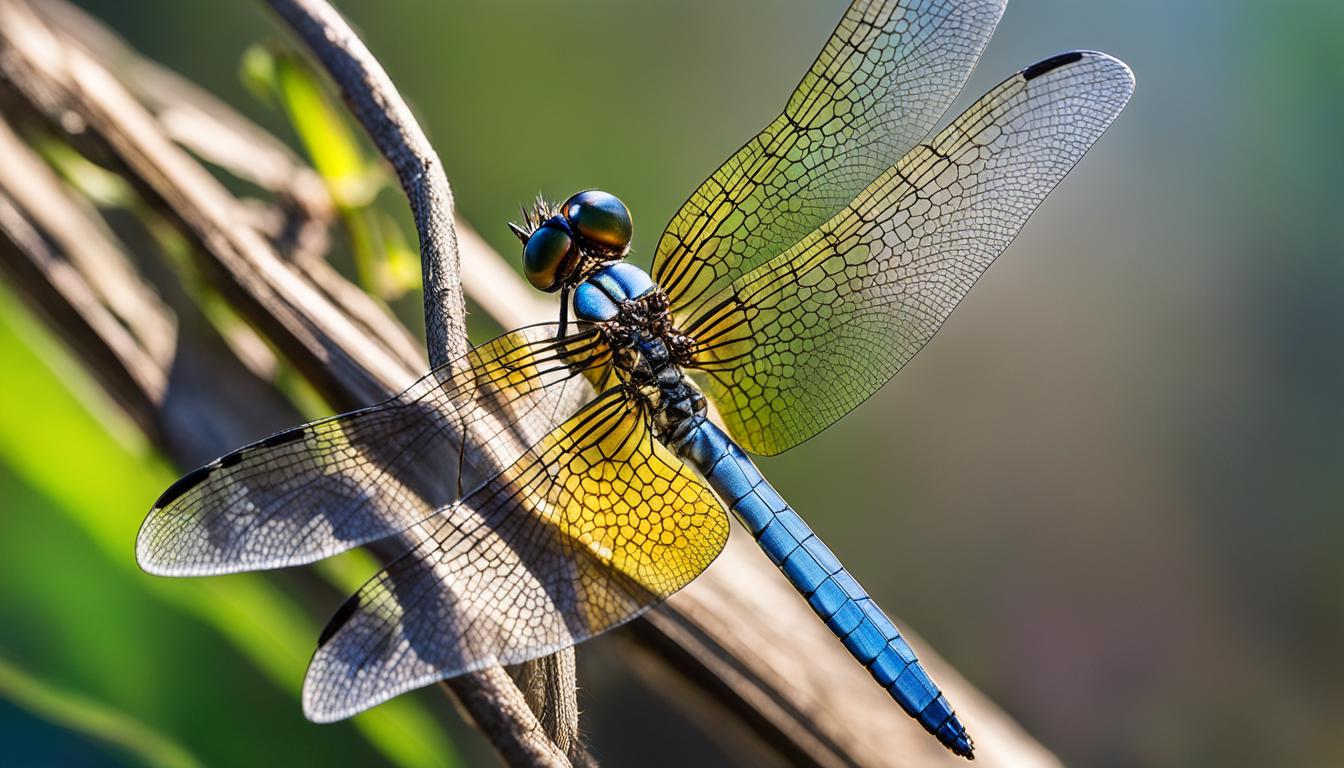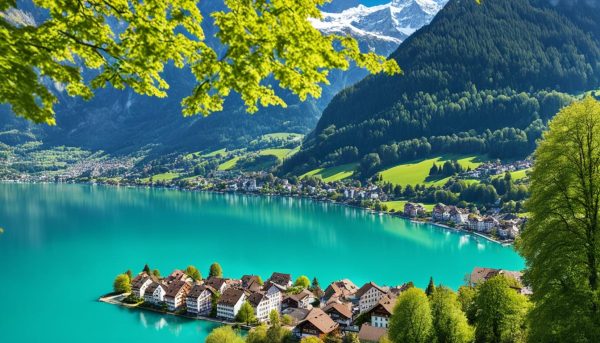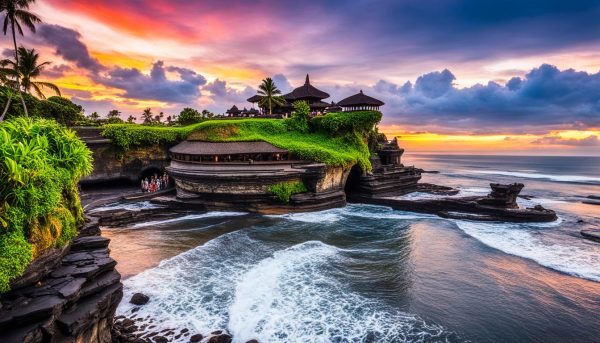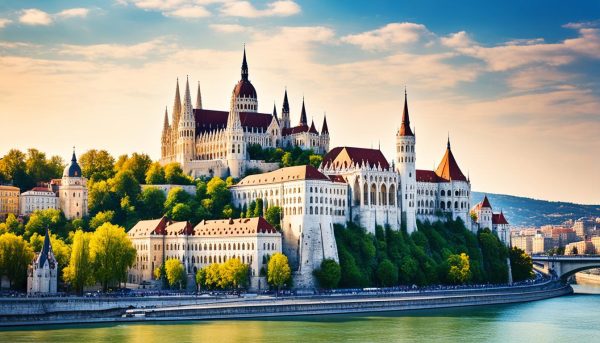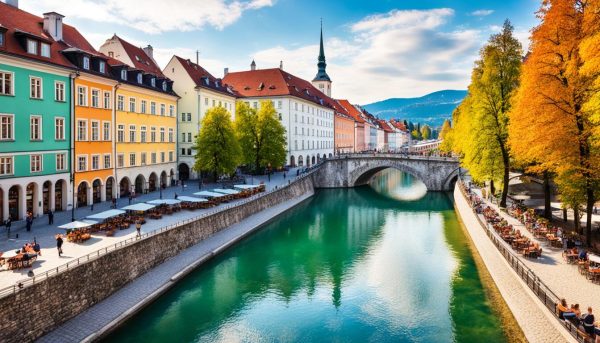Have you ever marveled at the graceful flight and intricate beauty of dragonflies? These fascinating creatures, with their vibrant colors and delicate wings, offer a captivating subject for macro photography enthusiasts. Join us on an exciting adventure as we explore the world of dragonflies up close through the lens of a camera.
Dragonflies are not only graceful aerial acrobats but also a favorite subject for photographers seeking to capture stunning macro photographs. With their intricate details and vibrant colors, dragonflies provide an excellent opportunity for photographers to showcase their skills in macro photography. Whether you are a beginner or an experienced photographer, this article will guide you on how to capture breathtaking images of dragonflies in their natural habitats.
Key Takeaways:
- Dragonflies are fascinating creatures with vibrant colors and delicate wings, making them an ideal subject for macro photography.
- Macro photography allows you to capture the intricate details of dragonflies up close.
- Exploring the world of dragonflies provides both challenges and rewards for photographers.
- Patience and skill are essential when photographing these agile subjects.
- Macro photography extends beyond dragonflies, with other insects such as butterflies also offering stunning opportunities.
The Art of Dragonfly Macro Photography
Macro photography provides a unique opportunity to explore the intricate world of dragonflies up close. Capturing the mesmerizing details of these fascinating creatures requires a combination of specialized equipment and techniques. In this section, we delve into the art of dragonfly macro photography, offering valuable tips and insights for capturing stunning images.
Equipment for Dragonfly Macro Photography
When it comes to macro photography, having the right equipment is crucial. A telephoto lens with a macro capability is ideal for photographing dragonflies from a comfortable distance. This allows you to capture close-up shots without disturbing the delicate subjects. A lens with a minimum focusing distance of around 1-2 feet is recommended for optimal results.
Additionally, investing in a tripod is beneficial for achieving sharp and steady shots. It helps eliminate camera shake, especially when shooting in challenging lighting conditions or using longer shutter speeds.
Techniques for Dragonfly Macro Photography
One of the key techniques in macro photography is achieving the desired depth of field. A shallow depth of field can create a beautiful, dreamy effect, highlighting the subject while blurring the background. On the other hand, a greater depth of field can ensure that the entire dragonfly, from head to tail, is in sharp focus.
Pro Tip: Experiment with different aperture settings to find the optimal depth of field for your desired effect. Remember that a smaller aperture (larger f-stop number) results in a greater depth of field, while a larger aperture (smaller f-stop number) gives you a shallower depth of field.
Patience is a virtue in dragonfly macro photography. These agile creatures are constantly in motion, making it a challenge to capture the perfect shot. It’s essential to observe their behavior and anticipate their movements to increase your chances of capturing them in unique poses.
Lastly, taking advantage of natural lighting can greatly enhance your dragonfly macro photography. Shooting during the golden hours, early morning or late afternoon, when the sunlight is softer, can add a warm and magical touch to your images. Be mindful of the direction of light to avoid harsh shadows and ensure the dragonfly is well-lit.
Capturing stunning images of dragonflies through macro photography requires skill, precision, and a deep appreciation for these graceful creatures. By understanding the art of dragonfly macro photography and utilizing the right equipment and techniques, you can immortalize their beauty in breathtaking images.
Exploring the World of Dragonflies
Dragonflies are fascinating creatures that captivate the attention of nature enthusiasts and photographers alike. Their intricate wings, vibrant colors, and unique features make them ideal subjects for macro photography. In this section, we will delve into the world of dragonflies as mesmerizing macro photography subjects, providing insights into their various species and habitat preferences.
The Beauty of Dragonfly Species
There are numerous dragonfly species, each with its own distinctive characteristics and appearances. From the striking Blue Dasher with its electric blue body and clear wings to the majestic Green Darner with its large size and intricate wing patterns, dragonflies offer a diverse range of subjects for macro photographers to explore. The Table below showcases some popular dragonfly species and their key features:
| Dragonfly Species | Key Features |
|---|---|
| Blue Dasher | Electric blue body, clear wings |
| Green Darner | Large size, intricate wing patterns |
| Common Whitetail | White-tipped abdomen, dark wing patches |
When photographing dragonflies, it is essential to research the species you encounter to gain a deeper understanding of their behavior and unique features. This knowledge will help you capture their essence and highlight their individual traits.
Finding Dragonflies in Natural Habitats
Dragonflies can be found in various natural habitats, offering ample opportunities for macro photographers. Gardens, horticultural gardens, wetlands, and national trust locations are all prime spots for dragonfly sightings. Look for areas with water sources, as dragonflies are drawn to these environments for breeding and hunting.
When exploring these habitats, take note of the different plant species as they attract specific dragonfly species. Flowering plants, reeds, and aquatic vegetation are particularly attractive to dragonflies. Position yourself near these plants to increase your chances of encountering these mesmerizing creatures.
Remember, dragonflies are highly mobile and have a keen sense of awareness, making them challenging subjects to photograph. Patience and skill are key when waiting for the perfect moment to capture a dragonfly in its natural habitat. It is advisable to observe their flight patterns and behaviors before attempting to photograph them.
Tips for Photographing Dragonflies
To capture stunning macro photographs of dragonflies, consider the following tips:
- Use a macro lens to capture intricate details of the dragonfly’s wings and body.
- Opt for a fast shutter speed to freeze the dragonfly’s movement and capture sharp images.
- Experiment with different angles and perspectives to showcase the dragonfly’s unique features.
- Pay attention to lighting conditions, as soft natural light can enhance the beauty of the dragonfly.
- Focus on the dragonfly’s eyes, as they often reflect light and add depth to the image.
These tips will help you capture the essence of dragonflies through macro photography, allowing you to appreciate the intricate details and beauty of these remarkable creatures.
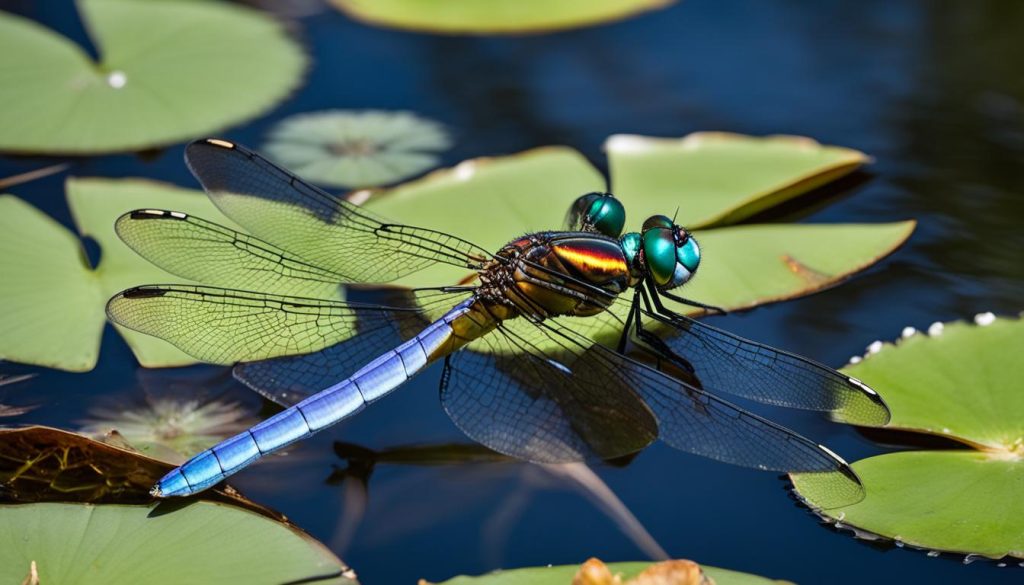
Now that we have explored the world of dragonflies as macro photography subjects, let’s move on to the next section where we will discover other captivating subjects beyond dragonflies that are perfect for macro photography.
Macro Photography Beyond Dragonflies
Insects offer a fascinating world for macro photographers to explore, beyond the mesmerizing realm of dragonflies. From butterflies to bees, beetles, and wasps, there is a vast array of macro photography subjects waiting to be captured in intricate detail. These tiny creatures provide endless opportunities for photographers to showcase the remarkable beauty and complexity of nature.
Butterfly Photography:
Butterflies, with their vibrant colors and delicate wings, are a favorite subject for macro photographers. These graceful creatures can be found in various habitats, making them accessible and captivating subjects. To capture stunning butterfly photographs, photographers should seek out bright sunny days when these insects are most active.
Using smaller apertures, such as f/8 or f/11, can help achieve a greater depth of field, allowing more of the butterfly to be in sharp focus. Patience is crucial as butterflies tend to flutter and move quickly, making it essential to wait for the perfect moment to snap that magical shot.
Exploring Other Insects:
While butterflies steal the show, other insects like bees, beetles, and wasps also make fascinating macro photography subjects. These creatures possess intricate details that can be highlighted through close-up shots, revealing their colors, patterns, and unique features.
Capturing sharp images of these insects requires attention to detail and proper technique. Photographers can experiment with various angles and composition styles to enhance the visual impact of their shots. Employing a macro lens or using extension tubes can help achieve greater magnification and detail.
Visiting Butterfly Zoos:
If you want guaranteed opportunities to photograph butterflies up close, consider visiting butterfly zoos or conservatories. These controlled environments provide a wealth of butterfly species in one location, allowing photographers to capture stunning images without the need for extensive searching.
When photographing butterflies in these settings, it’s essential to respect their natural behavior and habitat. By observing and capturing their beauty responsibly, photographers can create captivating images that celebrate the wonders of nature.
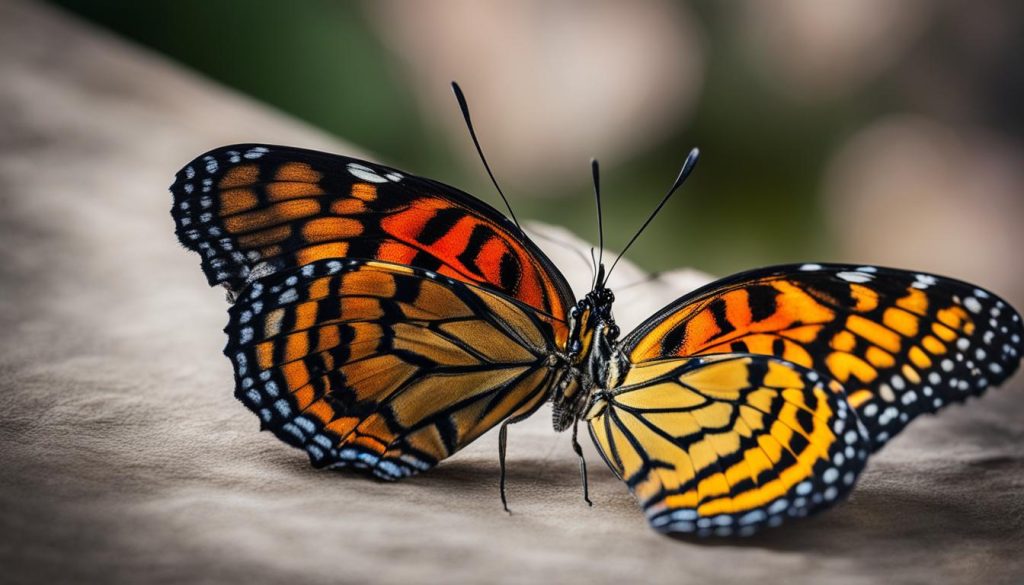
| Insect | Main Features |
|---|---|
| Butterflies | Vibrant colors, delicate wings |
| Bees | Buzzing flight patterns, intricate body structures |
| Beetles | Hard exoskeleton, diverse shapes and sizes |
| Wasps | Striking coloration, slender bodies, distinctive stingers |
Exploring the world of insects through macro photography opens up a fascinating universe of hidden details and artistic possibilities. It allows photographers to appreciate the beauty and diversity of these tiny creatures while showcasing their unique features through stunning visual compositions.
Expand Your Macro Photography Horizons
While dragonflies may be the gateway to macro photography, it is essential to explore other insects as well. By venturing beyond dragonflies and embracing the wonders of butterfly photography and other insect subjects, photographers can unleash their creativity, capture captivating images, and further immerse themselves in the extraordinary world of macro photography.
Capturing the Essence of Nature Through Macro Photography
Macro photography is a captivating art that allows us to explore the intricate details of the natural world up close. It presents us with an opportunity to capture the essence of nature in ways that are often overlooked by the naked eye. Through the lens of a camera, macro photography elevates the beauty of flora and fauna, showcasing the delicate intricacies of flowers, insects, and wildlife.
Nature photography enthusiasts are drawn to macro photography for its ability to unveil the hidden wonders of the natural world. From the delicate patterns on a butterfly’s wings to the intense gaze of a wild animal, macro photography allows us to connect with wildlife on a profound level. It challenges us to capture fleeting moments in their natural habitats, where patience and skill become the keys to success.
As we venture deeper into the realm of macro photography, we discover the challenges it presents. The demand for precision and attention to detail can be both thrilling and frustrating. But amidst the obstacles, the rewards are immeasurable. The ability to freeze time and capture the raw beauty of nature is a gift that macro photographers cherish. It provides an opportunity for us to share our own perspective of the world with others, evoking emotions, and inspiring a deeper appreciation for the natural wonders that surround us.
So, whether you are a seasoned photographer or just starting out, grab your camera and embark on your own macro photography adventure. Immerse yourself in the intricate world of dragonflies, butterflies, or any other subjects that captivate your curiosity. Explore the endless possibilities of nature photography and let your creativity soar. The wonders of the natural world await, ready to be captured through the lens of your camera.
FAQ
What equipment is needed for dragonfly macro photography?
To capture detailed and larger-than-life images of dragonflies, you will need a telephoto lens. This type of lens allows you to photograph subjects from a distance and still achieve close-up shots. It is important to consider the minimum focusing distance of the lens to ensure you can get close enough to the dragonflies.
How does depth of field affect macro photography?
Depth of field refers to the range of distance in a photograph that appears sharp. In macro photography, where you are capturing tiny subjects up close, depth of field becomes especially important. A smaller aperture (higher f-number) can help increase the depth of field, ensuring that more of the subject is in focus.
What are some tips for finding dragonflies in their natural habitats?
Dragonflies can often be found in natural habitats such as gardens, horticultural gardens, and national trust locations. Look for areas near water, as dragonflies are often found near lakes, ponds, and streams. Keep an eye out for areas with tall grasses and vegetation, as dragonflies like to perch on these surfaces to rest and hunt.
What challenges are involved in photographing dragonflies?
Dragonflies are highly mobile creatures, making them a challenging subject to photograph. They can change direction quickly and fly away at a moment’s notice. Patience and skill are essential when capturing dragonfly photographs. It is important to observe their behavior and anticipate their movements to get the perfect shot.
Are there other insects that make for great macro photography subjects?
Yes! In addition to dragonflies, butterflies, bees, beetles, and wasps are popular subjects for macro photography. These insects often have intricate details and vibrant colors that make for stunning close-up shots. The same photography techniques used for dragonflies can be applied to these insects as well.
How can I capture sharp images of insects in full sunlight?
When photographing insects in full sunlight, it is important to use a fast shutter speed to freeze their movements. This will help minimize motion blur and ensure sharp images. Additionally, using a smaller aperture (higher f-number) can increase the depth of field, allowing more of the insect to be in focus.
Are there any opportunities to photograph butterflies up close?
One great opportunity to photograph butterflies up close is by visiting butterfly zoos. These venues provide controlled environments where butterflies are free to fly around. With patience and the right techniques, you can capture stunning close-up shots of these beautiful creatures.

